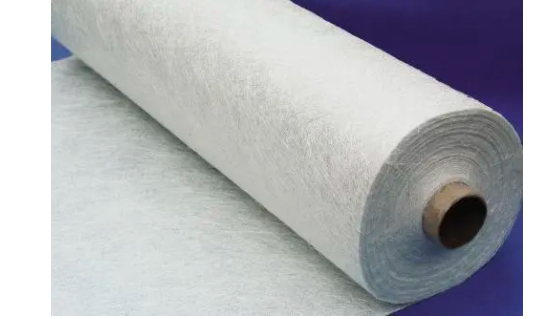- Understanding the Role of Geomembrane Liners in Waste Management
- Innovations in Geomembrane Liners for Water Management
- Geomembrane Liners: A Comprehensive Guide
- The Future of Geomembrane Liners in Civil Engineering
- Geomembrane Liners: Enhancing Landfill Stability
Manager:
WhatsApp:+86 177 0135 2670
Tel:+86 177 0135 2670
Email:marketing@okorder.com
Address:3rd Floor, No.2 Building, No.1 Sanlihe Road
The Art of Construction: Symphony of Woven and Non-Woven Geotextiles in an Infrastructure
Geotextiles are used to express this marriage of art and science, particularly in the delicate world of construction and environmental engineering. Woven and non-woven geotextiles thus create a symphony of strength, flexibility, and resilience in the infrastructure narrative. The article therefore gives due respect to these versatile materials by discussing their roles, applications, and how they harmoniously blend in the construction sphere.
Woven Mastery: A Story of Strength and Structure
These woven geotextiles are hand crafted for maximum strength and structure making them artists in the world of construction. In applications where there is need for reinforcement like roads, driveways or highways woven fabrics are preferred. Although these geotextiles may not be highly permeable limiting their use in drainage works because they offer high tensile stress resistance which makes them suitable for stabilization purposes. Nonetheless, woven fabrics withstands adverse conditions by providing separation as well as reinforcement against corrosion thus forming sound bases for many structures.
Non-Woven Touch: Adaptability versus Function
Non-woven geotextiles with a random cloth formation has adaptability written all over it! These geotextiles are made by combining fibers through a process known as needle punching which leaves them strong but flexible; hence they can suitably be employed across different terrains under different weather conditions. As such, while being widely used in drainage systems such as French drains that require water management capabilities including preventing soil particles from flowing with water while allowing water to flow.

Reinforcement and Stabilization: The Unsung Heroes
Both woven and nonwovens play significant roles when it comes to reinforcement as well as stabilization. Such infrastructures require bases that are stable enough not to deform under shear forces; therefore road constructions landfills among other projects will always incorporate these materials since they increase the soil strength. Unseen, they guarantee the integrity and durability of our structures.
Environmental Conservation and Protection: The Silent Guardians
The non-woven geotextiles have been used as silent guardians in the efforts towards environmental conservation. For instance, in waste containment and landfill sites, these barriers have limited the movement of pollutants inside our natural landscapes. Slope stabilization and erosion control are some of their applications that protect against both human activities and nature which in turn preserves the aesthetic value as well as health of our mother earth.
The Economical Choice: Cost-Effectiveness vs Sustainability
Another cost-effective option is a non-woven geotextile fabric that provides inexpensive solutions to geotechnical uses. This can be achieved by using synthetic materials for manufacturing it since they are durable hence re-usable thus promoting sustainable construction practices. Therefore, through this process, environmental effects of construction projects are reduced making nonwovens an intelligent and green choice.
Installation and Maintenance: A Smooth Sail
Non-woven geotextiles can be easily installed on deformed surfaces or even complex shapes due to their flexibility during installation; this makes it faster especially when dealing with difficult environments such as steep slopes. Moreover, these fabrics requires minimal maintenance because they possess that attribute so this results to project life-cycle savings largely on operational costs.
The Future We Weave: A Look Ahead
The role of non-woven geotextile fabric in engineering and environmental conservation is expected to increase as the construction industry evolves. It is likely that continuous research and development will lead to more innovation in its properties and uses, thereby improving on its performance and versatility. Woven and non woven textiles have an interesting future ahead filled with endless possibilities for invention and implementation in construction’s world of tomorrow.
Woven and non-woven geotextiles are not just materials; they are the threads that weave together the fabric of our infrastructure. They are a signpost towards improvement and conserving what is there now, supplying the strength to put up robust structures that can survive into future generations. We need to embrace these silent heroes as we move forward because they provide unwavering support for our ambitions with timeless vigor and flexibility.
- Previous:Underneath the Surface: Home Depot Geotextile Fabric Use in Driveway Construction
- Next:The Non-Woven Geotextile Landscape Fabric – A Versatile Shield in Our Gardens and Beyond






